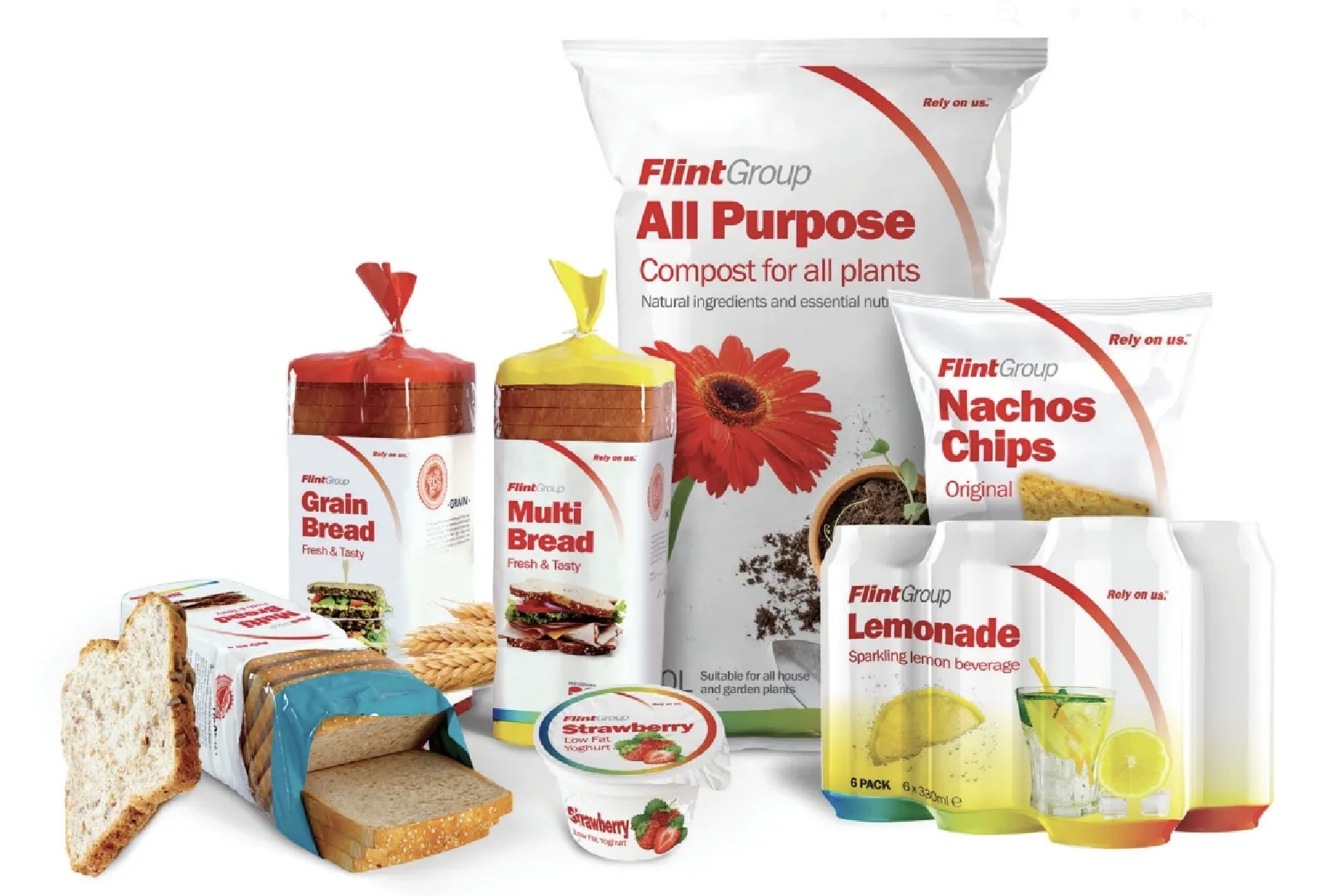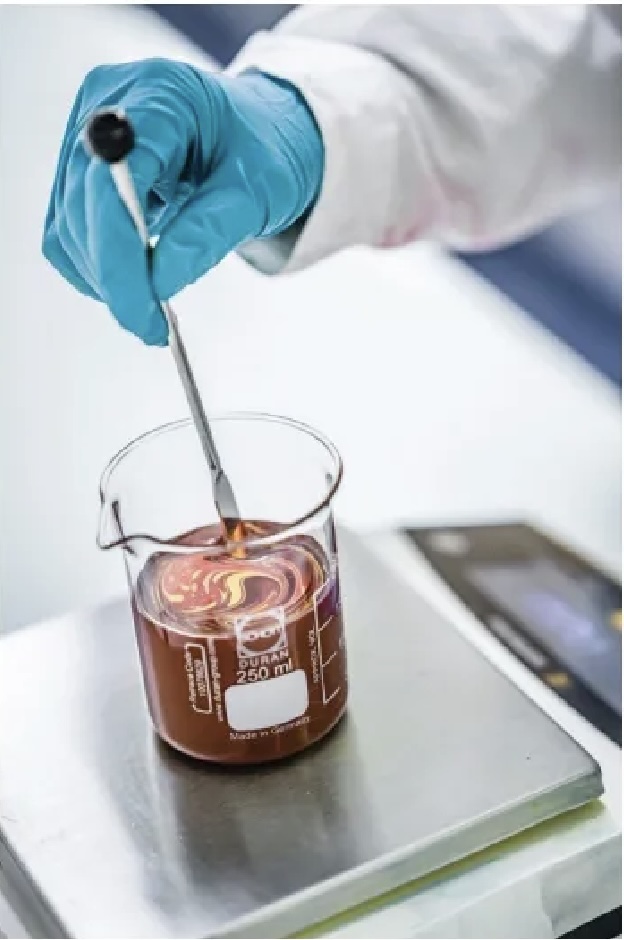Recyclability & Circularity Consumers Support Sustainable Brand Packaging
- Published: April 09, 2024

By Matthew Rowland-Jones, Sustainability Officer, Flint Group
Sustainability has never been more central for the printing and packaging industries. As market priorities shift and change, the focus on this topic has stayed strong.
The challenge is clear. Printers are under pressure to deliver higher quality and speed than ever before, but with reduced impact on the natural world. The push comes from consumers, who are demanding brands play their part in a low-carbon world, legislation that puts sustainability at the top of the business agenda and corporate strategy in response to pressures along the value chain.
However, "sustainability" is an umbrella term covering many different topics. For some businesses, sustainability means managing their carbon footprint or reducing reliance on virgin plastics, whereas, for others, it encompasses more traditional Corporate Social Responsibility (CSR) activities, for example, supporting community projects. When today's market is emphasizing the need for clarity and transparency, we must go deeper, and it's because of this that the circular economy has become an important area of focus.
Across the printing and packaging sectors, circularity is about reducing the reliance on virgin materials and maintaining materials in a continuous recycling loop, reducing the amount of material that ends up in landfills.
The push towards recyclability and sustainability is evident in consumer preferences. Studies from management consultancy firm, McKinsey1, show that more than 60 percent of shoppers are willing to pay a premium for products in demonstrably sustainable packaging. The same research also highlights the importance of Environmental and Social Governance (ESG) claims. Products aligned with clear sustainability claims boast higher growth performance than those without.
We see this rising circular economy interest in our discussions with customers. Clients in the Paper & Board sector often seek information on compostability and how the approach can fit into a modern circular packaging economy.
In the flexible packaging and narrow web categories, the recyclability of plastic-based products is a key priority. This also includes questions about how we can adequately recycle more flexible packaging, particularly those with printed and laminated structures, and the processes that need to be in place to achieve this.
Looking further ahead to the future of packaging and label design, there is growing interest in developing barrier coatings and metallic inks that could supplement, or even replace, the functionality of foil applications. With more research and development investment, this could result in the down-gauging of packaging structures and reduce the emissions generated in the production of packaging.
Recycling Rates in Paper and Film Packaging
 As we look to improve the circularity of the wider packaging sector, there are big gains to be made in waste recovery rates. Estimates from the The Recycling Partnership's Film and Flexibles Coalition2 put the curbside residential recovery rate of film and flexible packaging in U.S. residential areas at just 2 percent.
As we look to improve the circularity of the wider packaging sector, there are big gains to be made in waste recovery rates. Estimates from the The Recycling Partnership's Film and Flexibles Coalition2 put the curbside residential recovery rate of film and flexible packaging in U.S. residential areas at just 2 percent.
Paper and paperboard packaging, however, has seen significant progress. Intelligence firm Statista3 projects the recycling rate of paper and paperboard in the U.S. to be almost 68 percent in 2022. In both
Ink and coating innovation has seen rapid development in supporting circularity.
cases, there is still further to go in achieving a consistent and reliable circular economy.
At the same time, global legislation is putting pressure on brand owners to embrace circularity.
For example, Extended Producer Responsibility (EPR) regulations put an obligation on producers to take responsibility for the end-of-life disposal of products and the packaging they are supplied in. This gives financial incentives for reducing the volume of packaging waste entering landfills, encouraging greater use of recycled materials in new packaging developments.
A key barrier to the wide-scale adoption of circular design lies in the availability of recycled material. Several well-publicized rPET (recycled PET plastic) shortages, for example, have brought new pressure as material becomes scarcer and costs increase over and above virgin materials. The result is tighter margins, longer lead times and a detrimental effect on the consumer experience.
Expanding the Role of Inks
When we think about circularity in packaging design, we often go straight to material substrate redesign, but we must not underestimate the role of inks and coatings. It is essential to develop the next generation of inks and coatings, believing that they must contribute more on the journey to a circular economy.
Notably, the caustic bath phase could cause inks and coatings to bleed, contaminating the caustic bath and discoloring the substrate, making it unsuitable for use in a true closed-loop process, such as bottle to bottle or tray-to-tray. The affected material would be downgraded to secondary plastic applications with lower commercial value.
However, ink and coating innovation has seen rapid development in supporting circularity. This includes the formulation of inks that use responsibly sourced biomaterials over synthetic ingredients and coatings designed to increase the yield of recyclate in the label recycling industry.
Of particular interest for pressure-sensitive labels and shrink sleeves applications, deinking technologies are progressing and offer opportunities for printers seeking to support the circular economy, including new primers and overprint varnishes.
When labels are designed with circularity in mind, an overprint varnish can safeguard ink during the caustic wash, preventing hleeding, abrasion and contamination by keeping the ink on the label itself. This means it can be easily removed from the recycling process along with the label or shrink sleeve substrate. This also streamlines the recycling process, reducing the time, energy use and costs that are typically associated with label removal.
Another option is a deinking primer. Where an overprint varnish keeps ink securely held to the label substrate to avoid contamination, the deinking primer is designed to release ink cleanly into the recycling caustic wash, avoiding contamination.
Both approaches tackle the significant challenge of increasing recyclate yield and improving availability and accessibility.
There is also opportunity for inks and coatings to support business-wide sustainability drives in other printing processes. For example, today printers and converters can access inks that are nitrocellulose (NC) free, which reduces the release of volatile organic compounds (VOC) during the curing process. And, with the right technology in place, these inks can be created to C2C (cradle-to-cradle) material health certification. Through the expertise of a leading global supplier, inks can contribute to reduced overall carbon emissions.
The pressure to close the loop and create a more sustainable printing sector is growing, and it's vital that every part of the packaging and label supply chain contributes to this. There is tremendous opportunity to use ink and coating technology to support a strong, eye-catching aesthetic and reduce the industry's reliance on virgin materials to create a more robust circular economy.
2 https://recyclingpartnership.org/wp-content/uploads/dIm uploads/2021/04/FF Whitepaper_final.pelf
About the Author
Matthew Roland Jones is Head of Sustainability at Flint Group. With more than 20 years' experience in packaging sustainability, Matthew is responsible for delivering strategic and tactical initiatives for Flint Group as one of the world's leading suppliers of inks and coatings for the printing and packaging industries.



